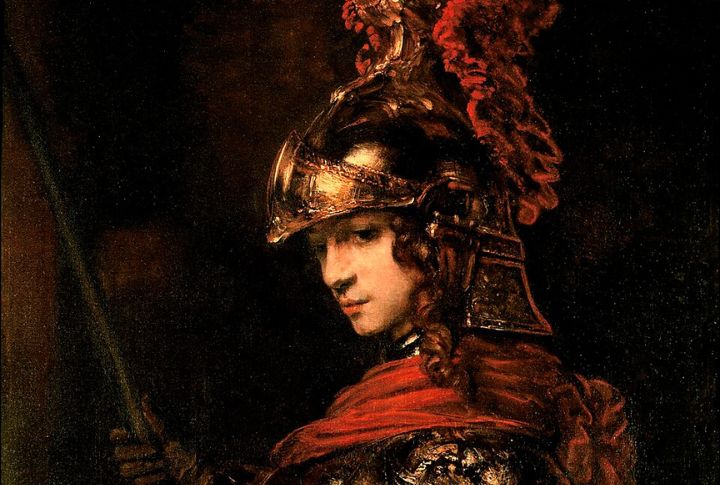
Greek mythology contains well-known epics and stranger tales that defy expectations. Some myths twist into unexpected shapes, featuring gods in disguise and eerie justice. In this first part, we explore the unusual stories—less familiar but equally powerful in shaping how the Greeks understood fate and the divine.
Arachne Weaves Her Undoing
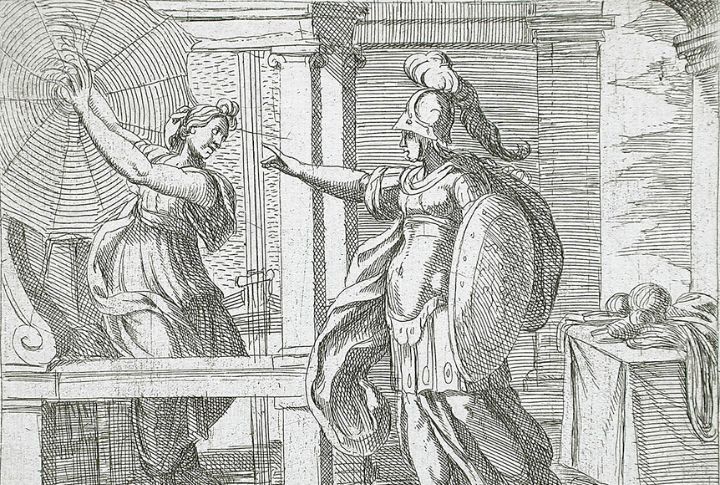
Arachne was a skilled mortal weaver from Lydia who became famous for her talent but refused to thank the goddess Athena. In Ovid’s “Metamorphoses,” she challenged Athena to a weaving contest and created a scene showing the gods’ wrongdoings. Angry, Athena destroyed it. When Arachne hanged herself, Athena turned her into a spider out of pity.
Melampus And The Language Of Beasts

In Apollodorus’s “Library,” Melampus, a seer from Argos, slept near snakes whose tongues licked his ears, which granted him the power to understand animals. He later healed the mad daughters of King Proetus and demanded part of the kingdom as payment, which demonstrated prophetic diplomacy rooted in myth.
Thyestes Eats His Own Sons
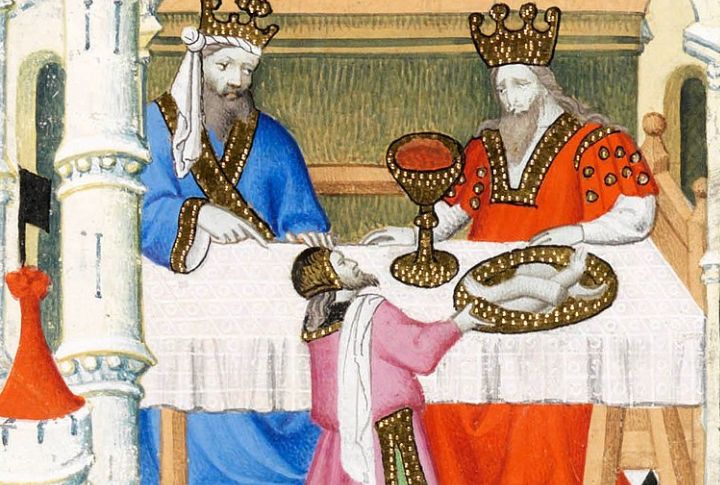
The myth, detailed in Hyginus’s “Fabulae” (notably 88, 246, and 258) and famously dramatized by Seneca in “Thyestes,” tells how Atreus avenged his brother’s affair with his wife. He served a horrific meal made from Thyestes’ own sons. This brutal act sparked a curse that haunted their family for generations.
The Fusion Of Hermaphroditus
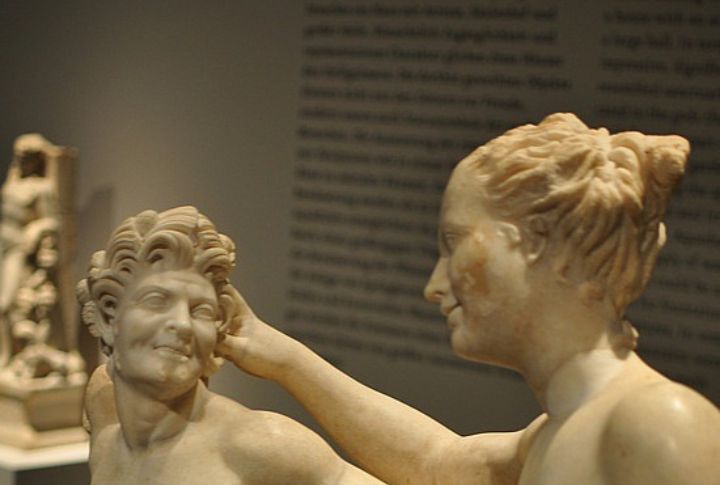
Hermaphroditus, son of Hermes and Aphrodite, bathed in a Carian spring where the nymph Salmacis clung to him and prayed to the gods never to be parted. According to Ovid’s “Metamorphoses,” their bodies were fused into one. The myth introduced “hermaphrodite” into classical and later medical vocabulary.
The Brides Who Killed On Their Wedding Night
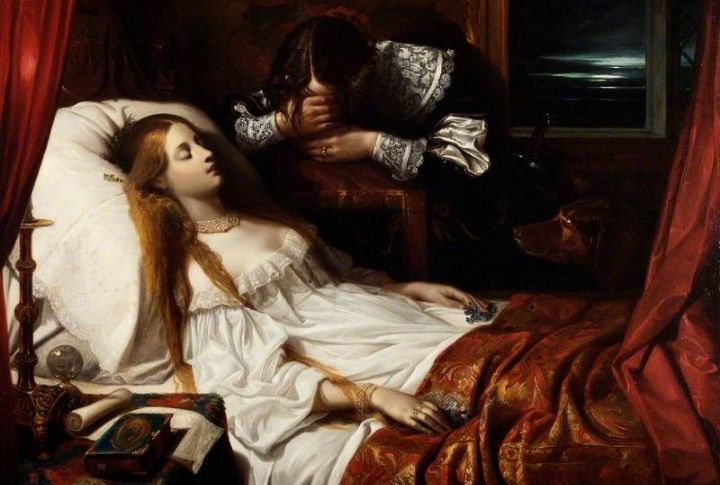
In Apollodorus’s “Bibliotheca,” King Danaus instructed his 50 daughters to marry the sons of his twin brother Aegyptus and then murder them. All obeyed except Hypermnestra, who spared her husband Lynceus. The others were condemned to eternally carry leaking water jugs in Hades, punished for the crime of murder.
Pasiphae And The Birth Of The Minotaur
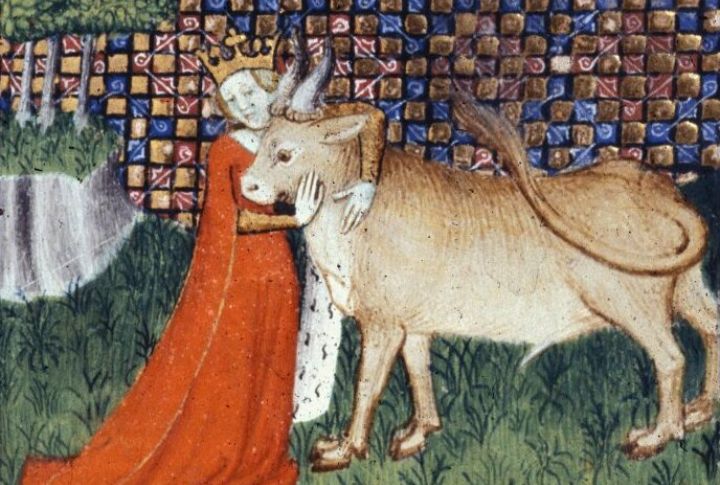
Apollodorus and Euripides recount that Poseidon cursed Queen Pasiphae with an unnatural desire for a bull meant for sacrifice. Daedalus built a wooden cow to disguise her. Their union produced the Minotaur, a half-man, half-bull creature, later trapped in a labyrinth beneath the palace of Knossos.
Baucis And Philemon’s Divine Reward

Ovid’s “Metamorphoses” tells how Zeus and Hermes, disguised as travelers, were rejected by villagers in Phrygia. Only Baucis and Philemon welcomed them. Their home was spared from destruction and turned into a temple. As a reward, they died together and became entwined trees near the temple doors.
Pentheus Torn Apart By His Mother

Led in disguise to observe the Bacchants, Pentheus is mistaken for a wild animal. In Euripides’ “The Bacchae,” his earlier ban on Dionysian rites and ridicule of the god sealed his fate. Frenzied women, including his mother Agave, dismember him in ritual madness atop Mount Cithaeron.
Prometheus Bound To A Rock

According to Hesiod and Aeschylus, Prometheus defied Zeus by giving fire to humanity. As punishment, Zeus chained him to the Caucasus Mountains, where he suffered constant torment. This continued until Heracles, with Zeus’ reluctant consent, ended his punishment by freeing him.
Sciron And The Flesh-Eating Turtle
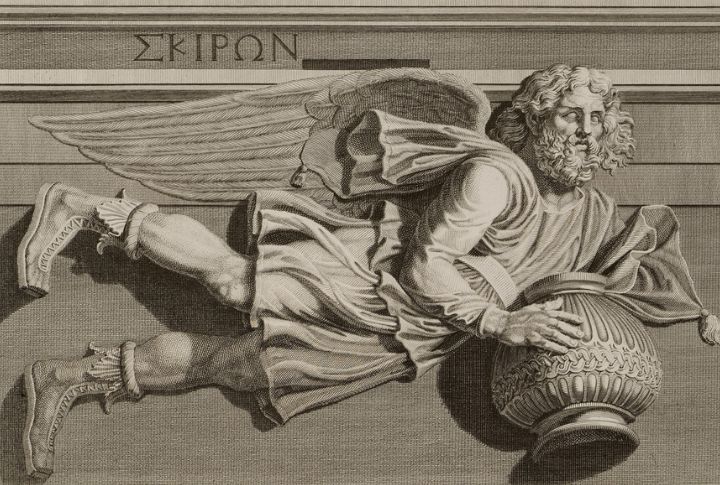
Plutarch and Apollodorus describe Sciron, a coastal bandit near Megara. He forced passersby to wash his feet, then kicked them into the sea where a monstrous turtle waited. Theseus, on his journey to Athens, reversed the trick and threw Sciron into the sea by ending his brutal ambushes.
We now leave the unusual behind. This next section explores the heart of Greek mythology’s most enduring epics.
Achilles Begins The Epic Tradition
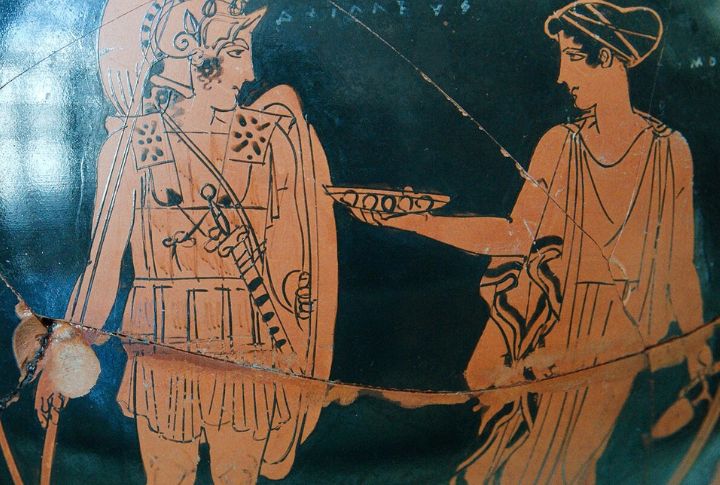
Achilles is the first to act. After Hector takes Patroclus’s life, Achilles returns to battle, defeats Hector, and drags his body away. This scene in Homer’s “Iliad,” written in the 8th century BCE, set the standard for tragic heroes driven by anger and honor.
Odysseus And The Long Voyage Home
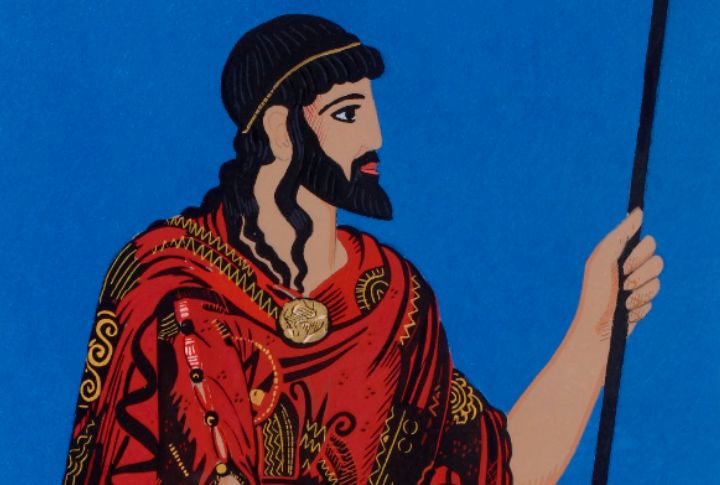
Attributed to Homer, The Odyssey narrates Odysseus’ return from Troy. Facing shipwrecks, the Cyclops, Circe, and Calypso, he survives ten years of obstacles. In Ithaca, he disguises himself and kills Penelope’s suitors. His cunning and endurance set the mold for Western literature’s resourceful, long-suffering hero.
Theseus Navigates The Labyrinth
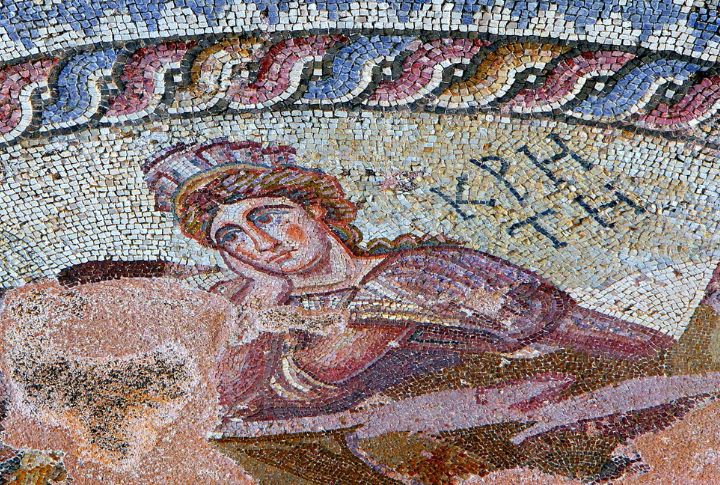
With Ariadne’s help, Theseus navigates the deadly Labyrinth using a thread to retrace his steps after slaying the Minotaur. “Plutarch’s Life of Theseus” emphasizes his unification of Attica and his influence on Athenian institutions. The story values clarity of mind and echoes Athens’ early political ideals.
Jason And The Quest For The Fleece
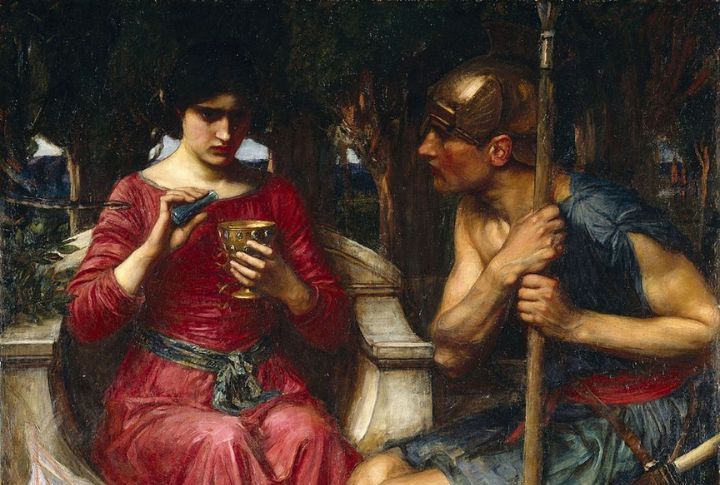
Medea, a sorceress, ensures Jason’s success in winning the Golden Fleece by aiding him through deadly trials. Later, Jason betrays her, which leads to brutal revenge. His journey aboard the Argo, chronicled in Apollonius’s “Argonautica,” begins in glory but ultimately exposes the hollowness of ambition without loyalty.
Heracles And The Twelve Labors
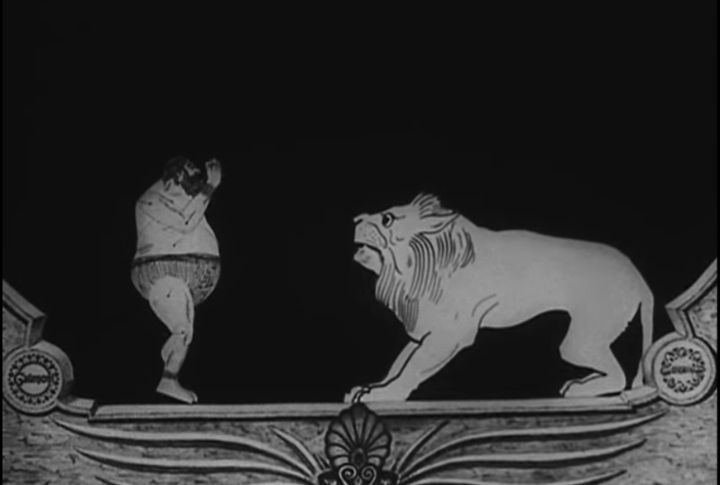
Haunted by madness sent by Hera, Heracles tragically took the lives of his wife and children. To atone, he undertook twelve difficult labors—such as cleaning the Augean stables and capturing Cerberus—showing incredible strength and determination. His story became a lasting symbol of redemption through suffering.
Perseus And The Head Of Medusa
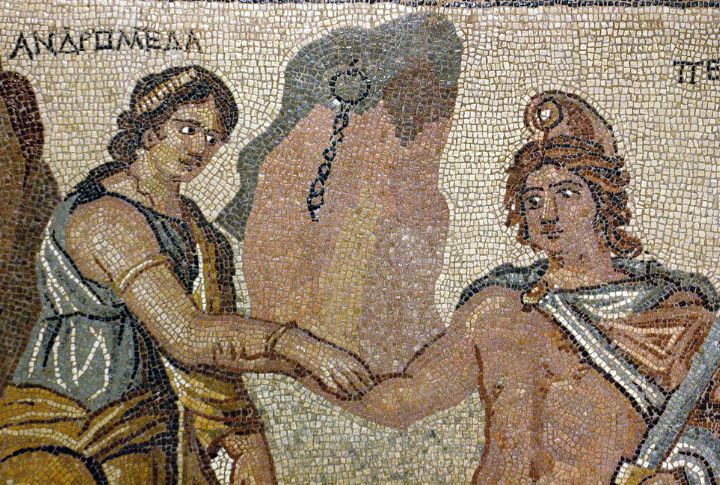
After killing Medusa, Perseus uses Hermes’ winged sandals to escape her enraged sisters. Earlier, he had received these sandals and Athena’s mirrored shield to complete his mission. According to Apollodorus and Hyginus, his quest ends with rescuing Andromeda to blend divine favor with decisive action.
Icarus Falls From The Sky
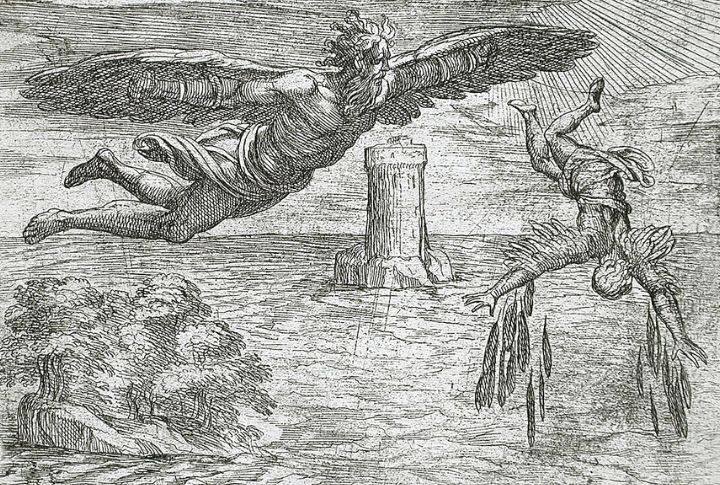
The myth of Icarus endures as a reflection of Greek caution against hubris. Ovid’s “Metamorphoses” describes how Daedalus constructed wings of wax and feathers to escape Crete. Icarus ignored his father’s warnings, flew too close to the sun, and plunged fatally into the sea.
Athena Emerges In Armor

Zeus feared losing his power, so he swallowed Metis, the goddess of wisdom, before she could have a child. Later, Athena was born, but instead of from a mother, she came out fully grown and armored from Zeus’s head. Hephaestus helped by opening Zeus’s head to let her out. This story shows how wisdom (Athena) came directly from Zeus’s mind.
Orpheus Descends Into The Underworld

Ancient poets Ovid and Virgil recount how Orpheus was allowed to retrieve Eurydice from Hades under one strict condition—not to look back. Just before reaching daylight, he turned. His failure cost him everything. This act reinforced mythic themes of human weakness and the limits of mortal reach.
Oedipus Fulfills A Dark Prophecy

Blinded by destiny, Oedipus fulfills a prophecy he tries desperately to escape, killing his father and marrying his mother. In Sophocles’ “Oedipus Rex,” he only discovers the truth after it’s too late. His self-blinding symbolizes Greek tragedy’s core: fate colliding with identity and unyielding moral consequences.

